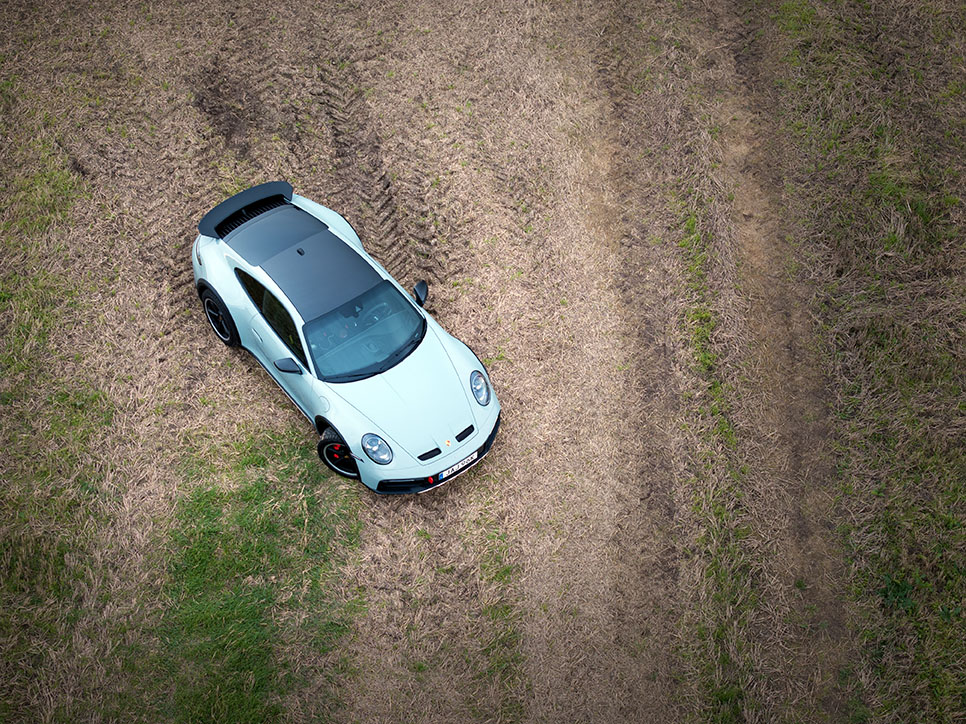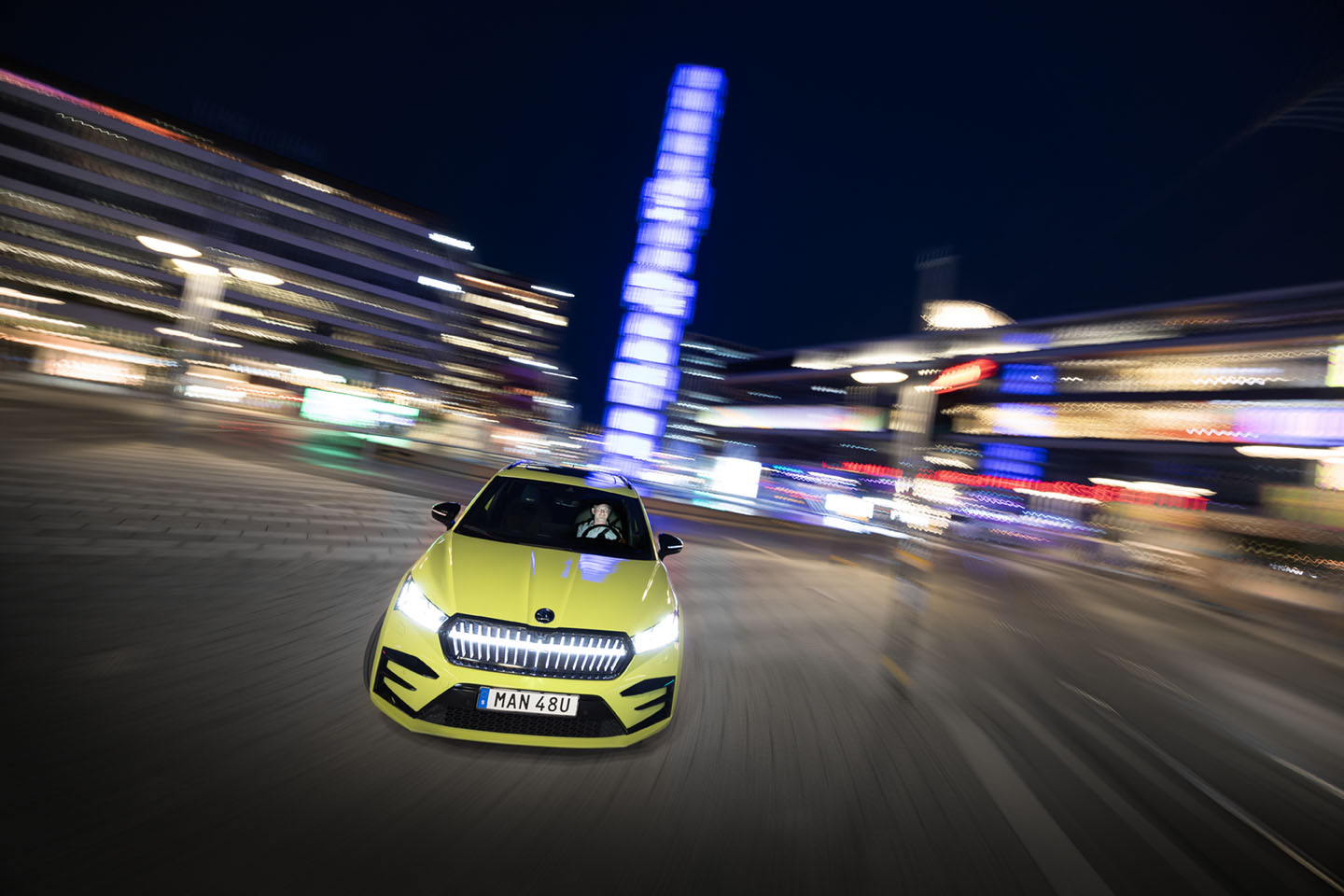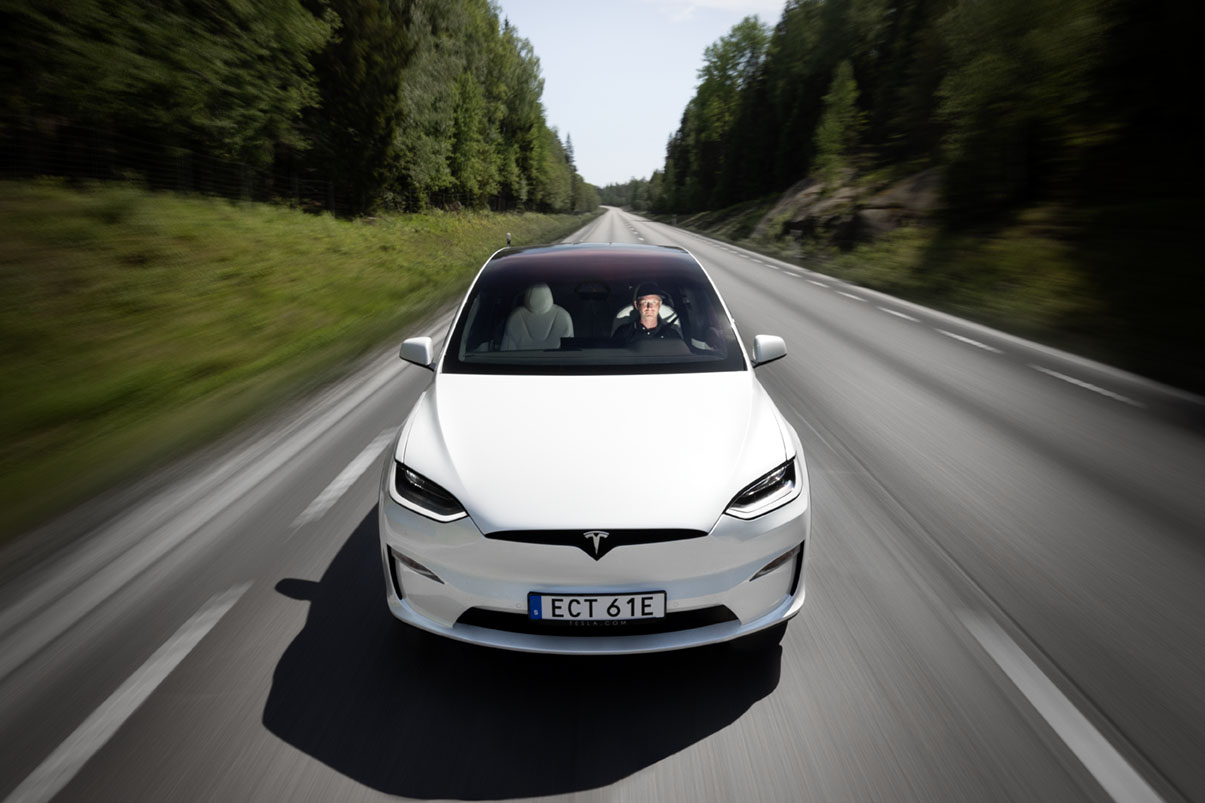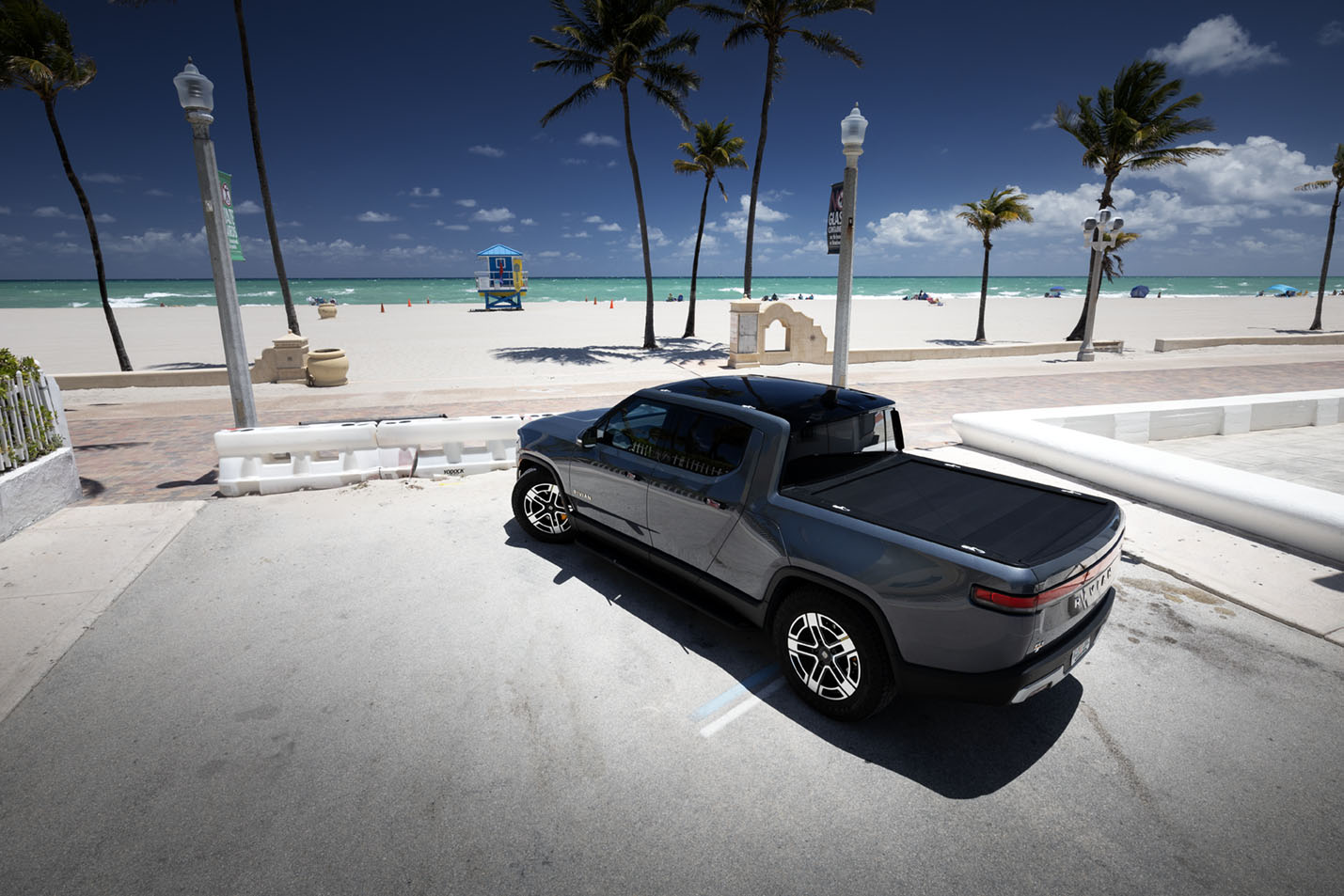
Porsche 911 Dakar
The 911 Dakar is by no means a new invention, but came as early as 1984 when the model Porsche 953 won the classic Paris-Dakar rally in the desert. An incredibly tough race that really makes the car and its driver show their colors. They did that with the Porsche and took home the overall victory.
Just like the original from 1984, the 911 Dakar is elevated. In normal mode, it is five centimeters higher than a normal 911. With the help of a lifting system, the car can be raised another 3 centimeters. Already in normal mode, the 911 Dakar looks different from its 911 siblings. To achieve changes compared to a standard 911, longer link arms have been used which extend the suspension travel and also provide a wider track width. In addition, there are stainless steel protective plates and a new front with stainless steel grids. There are also strong red towing eyes front and back. It all gives that off-road look. If you want your 911 Dakar to really get "that" off-road look, there is a roof basket with built-in high beam ramps as an accessory where you can load water cans, friction mats and folding shovels. A maximum of 42 kilos can be loaded into the roof basket. In addition, there is a roof tent for the 911 Dakar to really experience that safari feeling.

The interior is more recognizable if you have familiarized yourself with one of the GT models. Here we find a cage instead of the back seat and bowled sports seats in carbon fiber at the front. You can choose to fasten yourself with a so-called five-point belt so that you sit as if in a vise when the road is uneven, but Porsche was also kind enough to fit a normal traditional belt so that you avoid the trouble of having to fasten yourself with the five-point belt. A fire extinguisher is also mounted on the floor on the passenger side.


In order to keep the weight down, in addition to the absence of the rear seat, the glass and starter battery have also been made of lightweight materials. The total weight of the 911 Dakar lands at 1,605 kilograms. Despite its skid plates and other off-road enhancements, the weight is only ten kilograms more than an equivalent 911 sibling. It can be seen as a job well done, for sure.

The feeling when you drive away with the 911 Dakar is quickly reminiscent of a normal 911 fixed in GT version, which I have. It feels very sporty, but very comfortable at the same time. I'm certainly not saying that a GT-Porsche isn't comfortable, but at the same time it demands that the road is made of silky asphalt. It doesn't need the 911 Dakar. Here it is comfortable even if the road is a bit uneven. But you still feel in full control, probably the difference would be felt more clearly if you took a lap on a racetrack where one of Porsche's GT models had enjoyed the fish out of water with the 911 Dakar would not have thanks to tires that enjoy better outside track than on. But unlike a GT model from Porsche, you could have easily driven the whole lap around the track and just around the track and not on it. A GT-Porsche would not have felt good about that.


While we're still on the subject of how the 911 Dakar would be better off track than on than a GT sibling. I had the pleasure of using an entire field and letting the 911 Dakar show how it behaves when the asphalt is not smooth. This of course because the 911 Dakar is four-wheel drive. The standard equipment also includes active, electromechanical anti-roll bars and rear axle steering. Add to that stiffer engine mounts and a newly developed rear wing. The hood is just like the GT sibling 911 GT3 made of carbon fiber to save weight. If you want, you can order your 911 Dakar with the Rallye Design Package, as it comes in a two-tone paintwork just like the original from the 80s racing car.

If I were to choose a 911, I might still not choose a Dakar without one of the GT models. After all, I drive a Jeep myself and feel that it is difficult to compete with when the road really ends. But at the same time, I admire Porsche for what they did with the 911 in the eighties and that they are now producing a new version. The clan you cost yourself with all the successes. Because if I lived in the country and really wanted to drive a Porsche 911 every day, a 911 Dakar would of course have been my choice!
Porsche 911 Dakar
| Basic price | SEK 2,480,000 |
| Engine | 3 liter, six-cylinder boxer engine. 480 hp, 570 Nm |
| Transmission | 7-speed double clutch gearbox, rear wheel drive |
| Acceleration | 0-100 km/h: 3.4 seconds |
| Top speed | 240 km/h |
| Weight | 1,960 kg |
| Dimensions (length/width/height) | 4,530/1,864/1,338 mm |
| Web | www.porsche.com/sweden |




